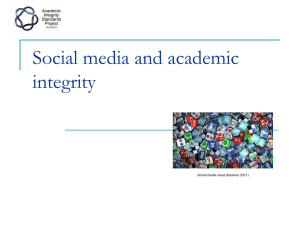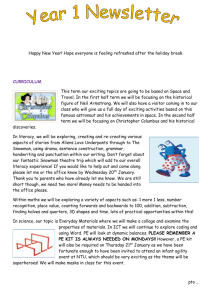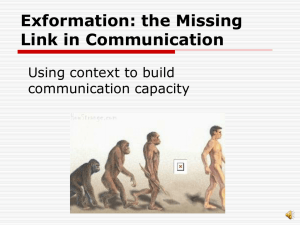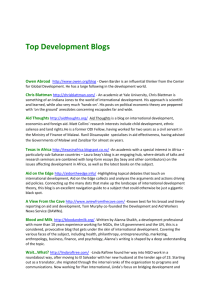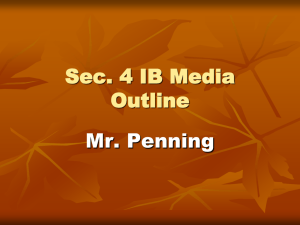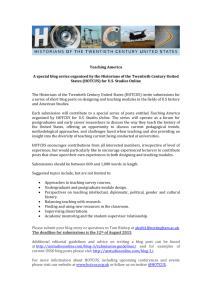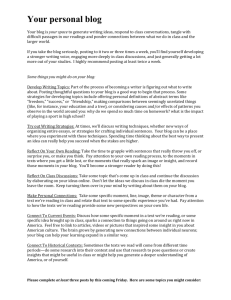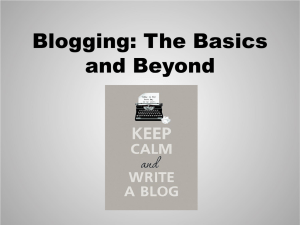docx - Academic Integrity Standards Project
advertisement
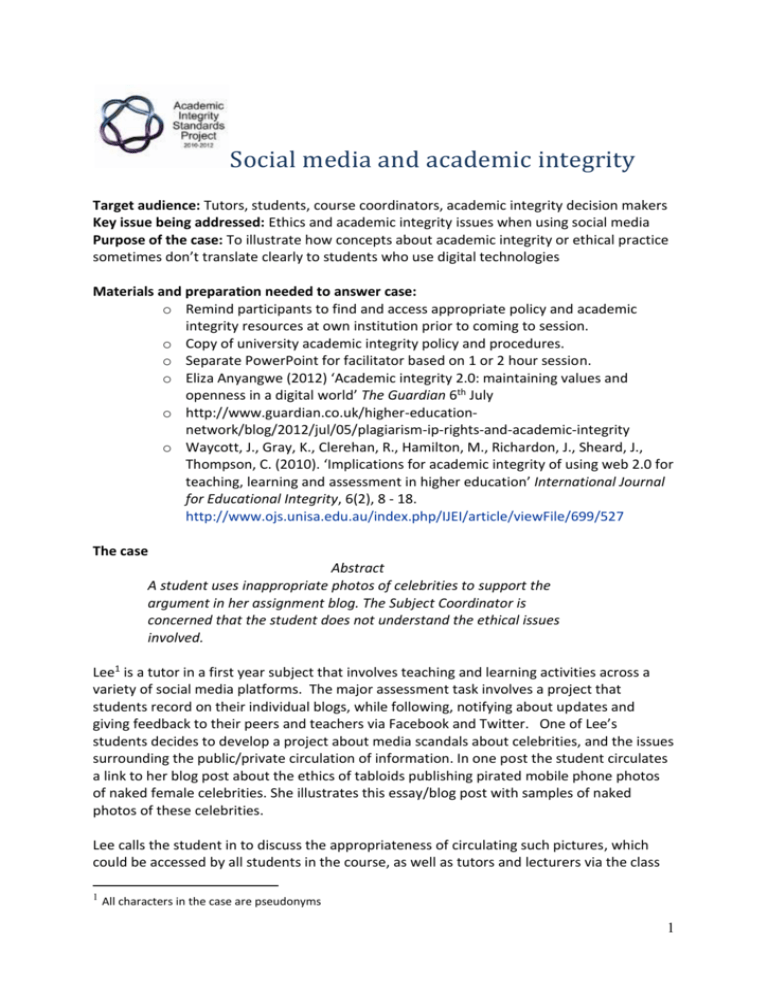
Social media and academic integrity Target audience: Tutors, students, course coordinators, academic integrity decision makers Key issue being addressed: Ethics and academic integrity issues when using social media Purpose of the case: To illustrate how concepts about academic integrity or ethical practice sometimes don’t translate clearly to students who use digital technologies Materials and preparation needed to answer case: o Remind participants to find and access appropriate policy and academic integrity resources at own institution prior to coming to session. o Copy of university academic integrity policy and procedures. o Separate PowerPoint for facilitator based on 1 or 2 hour session. o Eliza Anyangwe (2012) ‘Academic integrity 2.0: maintaining values and openness in a digital world’ The Guardian 6th July o http://www.guardian.co.uk/higher-educationnetwork/blog/2012/jul/05/plagiarism-ip-rights-and-academic-integrity o Waycott, J., Gray, K., Clerehan, R., Hamilton, M., Richardon, J., Sheard, J., Thompson, C. (2010). ‘Implications for academic integrity of using web 2.0 for teaching, learning and assessment in higher education’ International Journal for Educational Integrity, 6(2), 8 - 18. http://www.ojs.unisa.edu.au/index.php/IJEI/article/viewFile/699/527 The case Abstract A student uses inappropriate photos of celebrities to support the argument in her assignment blog. The Subject Coordinator is concerned that the student does not understand the ethical issues involved. Lee1 is a tutor in a first year subject that involves teaching and learning activities across a variety of social media platforms. The major assessment task involves a project that students record on their individual blogs, while following, notifying about updates and giving feedback to their peers and teachers via Facebook and Twitter. One of Lee’s students decides to develop a project about media scandals about celebrities, and the issues surrounding the public/private circulation of information. In one post the student circulates a link to her blog post about the ethics of tabloids publishing pirated mobile phone photos of naked female celebrities. She illustrates this essay/blog post with samples of naked photos of these celebrities. Lee calls the student in to discuss the appropriateness of circulating such pictures, which could be accessed by all students in the course, as well as tutors and lecturers via the class 1 All characters in the case are pseudonyms 1 Academic integrity standards project: Aligning policy and practice in Australian universities blog. The student justifies her actions by pointing out that the photos illustrate the argument of her blog post, and have been well referenced. Lee counters this by saying the student actually didn’t seem to understand the ethical issues involved. The student responds that in any case, she and her friends had collaborated writing all of their blog posts before publication in a private wiki, to which the tutor had not been invited. The student comments that she is not directly responsible for the text of the majority of the post, although she had called for ideas on Twitter and coordinated contributions on Facebook. She points out that although the final blog post was individual assessment task, she and her friends were enacting the spirit of the subject by using social media to work collaboratively. Questions for discussion 1. Is this an issue of academic integrity, ethical research and writing practice, or student misconduct? 2. What does your university policy say about the application of academic integrity standards to Web 2.0 or social media? 3. It is acceptable for Lee to investigate the matters further given that she now knows that a group of students worked collaboratively on their individual assignments? How will she proceed and determine individual or group authorship? Support for this project/activity has been provided by the Australian Government Office for Learning and Teaching. The views in this project do not necessarily reflect the views of the Australian Government Office for Learning and Teaching. This work is licensed under a Creative Commons Attribution-NonCommercial-ShareAlike 3.0 Australia License. 2
